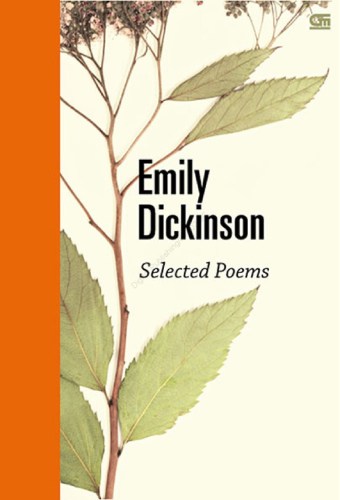If I can stop one heart from breaking, / I shall not live in vain
Emily Dickinson
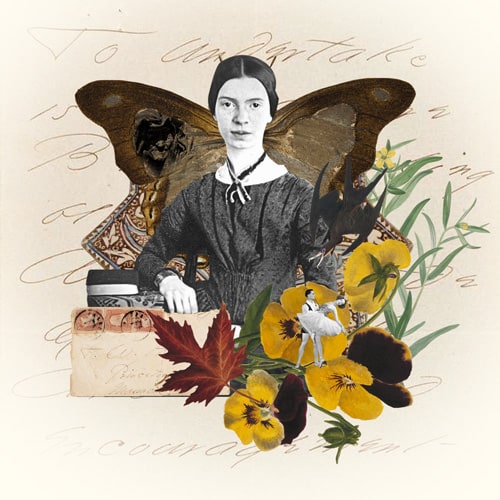
Her poetry plays with how we define the world around us and how we perceive it.
Emily Dickinson wrote 1800 poems in her lifetime. She was an American poet and lived from 1830-1886 in Amherst, Massachusetts. Her poetry has a distinct style and tone and focuses on enduring human questions about death, life, love, and the natural world. Her poetry plays with how we define the world around us and how we perceive it.
Possible Poems
“Because I Could Not Stop for Death”
“Wild Nights”
“Success is Counted Sweetest”
“I’m nobody, Who Are You?”
“I Taste A Liquor Never Brewed”
“Going to Heaven”
“How Dare the Robin Sing”
“I Felt a Funeral in My Brain”
“There is a Solitude of Space”
“If I Can Stop One Heart from Breaking”
“Much Madness is Divinest Sense”
Why This Text is Transformative?
She grapples with questions of love, death, and eternity in a brutally honest way.
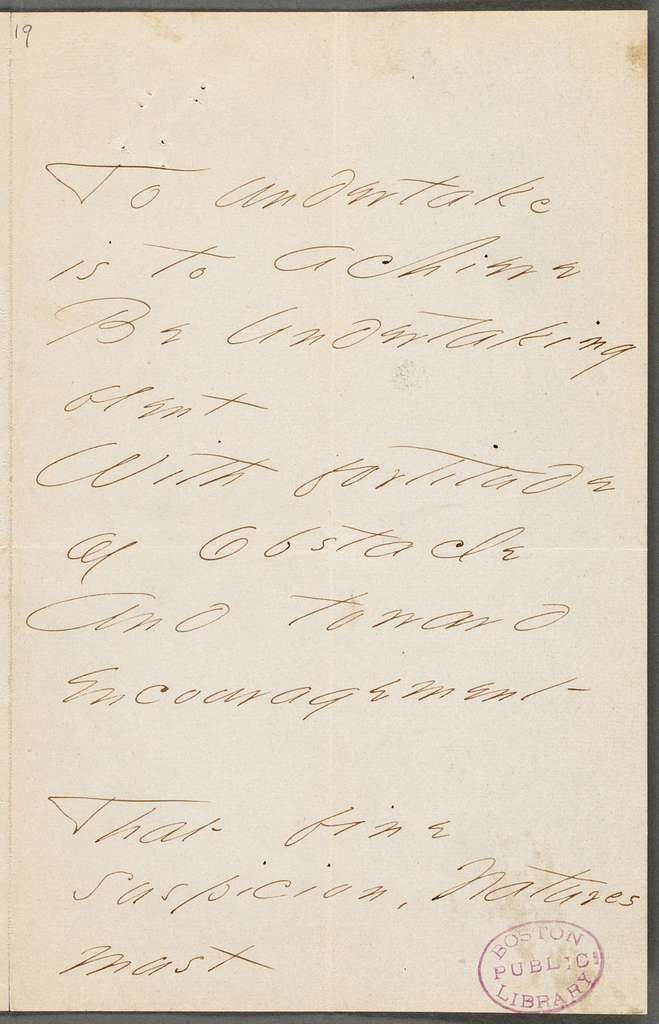
In her imagery and in her diction, Dickinson captures the questioning nature of the human experience in her poetry. She grapples with questions of love, death, and eternity in a brutally honest way. Her poems appear to be incredibly straightforward, but there are multiple layers of meaning, and possible interpretations. The struggle and desire of a person trying to make sense of her place in the universe is palpable on the pages of Dickinson’s poetry. The poems are transformative because she captures beautifully, perfectly, and deceptively simply, the range of human emotion and wonder in her poetry.
A Focused Selection
Study Questions
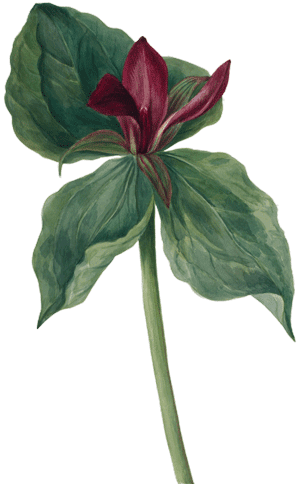
1) Have you ever wondered what happens when we die? Why do humans think about this so much? How does Dickinson depict the afterlife? How does this compare with your thinking about it?
2) How do we as humans deal with loss and mourning? How does Dickinson capture feelings of loss and sorrow?
3) This of a time you failed at something. How did you feel and how did you handle it? Compare your experiences to Dickinson’s, “Success is Counted Sweetest.”
4) Take a look at “I Felt a Funeral in My Brain.” What does it mean to feel a funeral in your brain? What does a funeral feel like? What do you think Dickinson is describing here? Have you ever felt something similar?
5) What is the relationship or connection between humans and the natural world? How does Dickinson represent this connection? Have you ever found comfort, revelation, clarity, inspiration, from looking at the world around you? Why and how?
Building Bridges
A Recommended Pairing
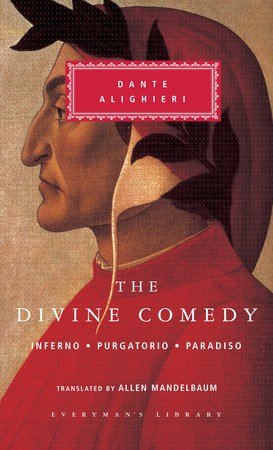
Dickinson’s poems can pair well with many older texts. Given her familiarity with the Bible, biblical excerpts relating to the afterlife and death might be particularly interesting to pair with Dickinson. Her poems would also make an interesting pairing with Dante’s Inferno. Dante envisions an entire allegorical representation of the afterlife. How does this compare with Dickinson’s frequent personification of death and her representations of what happens when we die?
Supplemental Resources
Apple TV- Dickinson series
Amherst College Dickinson Collection
Emily Dickinson Museum
Emily Dickinson Archive
Text Mapping
Discipline Mapping
English/Composition Studies
Humanities
Area Studies
Psychology
Page Contributor


